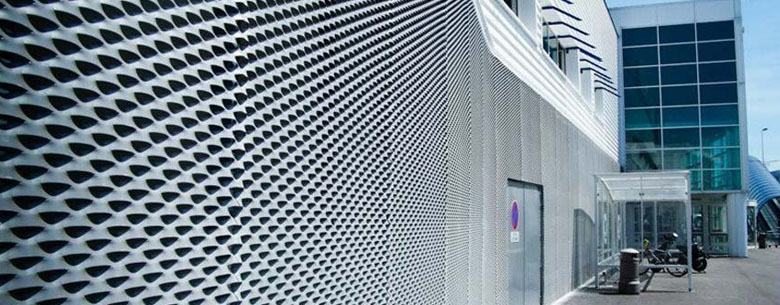External Noise Barriers An Effective Solution to Urban Noise Pollution
In our rapidly urbanizing world, noise pollution has become an increasingly pressing issue. From bustling city streets to busy highways and construction sites, the sounds of modern life can be overwhelming. This is where external noise barriers come into play, serving as effective solutions to mitigate the harmful effects of noise pollution on communities.
External noise barriers are specially designed structures that absorb or reflect sound waves, minimizing the transmission of noise from one area to another. Typically constructed from materials like concrete, wood, or composite materials, these barriers are strategically placed between noise sources—such as highways, railways, or industrial areas—and residential neighborhoods or quiet zones. Their primary goal is to create a quieter environment, enhancing the quality of life for those living nearby.
The effectiveness of noise barriers is largely determined by their height, length, and material properties. Taller barriers can block more sound, and longer barriers reduce sound reflection and diffraction. Additionally, sound-absorptive materials can significantly decrease noise levels, particularly at high frequencies. Studies have shown that well-designed noise barriers can reduce noise levels by as much as 10 to 20 decibels, creating a more serene living atmosphere.
external noise barriers

Beyond technical specifications, the aesthetic aspect of external noise barriers also plays a crucial role. Communities are increasingly advocating for noise barrier designs that not only serve a functional purpose but also enhance the visual appeal of their surroundings. Incorporating artistic elements, green spaces, or even living walls can transform a simple barrier into a community asset. Such designs invite public support and engagement, furthering the sense of ownership and pride within neighborhoods.
However, the implementation of noise barriers is not without its challenges. Financial constraints, bureaucratic hurdles, and the need for comprehensive noise studies can delay projects. Moreover, noise barriers must be part of a broader sound management strategy that includes urban planning and traffic management. Policymakers are increasingly recognizing the importance of integrating noise reduction measures into development plans, emphasizing a holistic approach to urban living.
Furthermore, as cities evolve, the advances in technology provide new opportunities for innovative noise control solutions. For instance, some researchers are exploring the use of smart materials and acoustic metamaterials that can actively adapt to changing noise conditions, offering even greater levels of noise reduction.
In conclusion, external noise barriers are a vital tool in tackling urban noise pollution. They provide an effective line of defense against the incessant cacophony of modern life, enhancing the quality of living for countless individuals. As cities continue to grow and adapt, the incorporation of noise barriers, alongside modern design principles and advanced materials, will undoubtedly play a crucial role in creating peaceful and livable urban environments. Active community involvement and smart policy initiatives will further ensure the successful implementation of these crucial structures, paving the way for quieter, harmonious cities in the future.
-
Why Galvanized Trench Cover Steel Grating Resists Corrosion
NewsJul.10,2025
-
The Versatility and Strength of Stainless Expanded Metal Mesh
NewsJul.10,2025
-
Load Calculations in Steel Grating Platforms
NewsJul.10,2025
-
Keeping Pets and Kids Safe with Chicken Wire Deck Railing
NewsJul.10,2025
-
Hole Diameter and Pitch for Round Perforated Metal Sheets
NewsJul.10,2025
-
Aluminium Diamond Mesh in Modern Architecture
NewsJul.10,2025
Subscribe now!
Stay up to date with the latest on Fry Steeland industry news.

